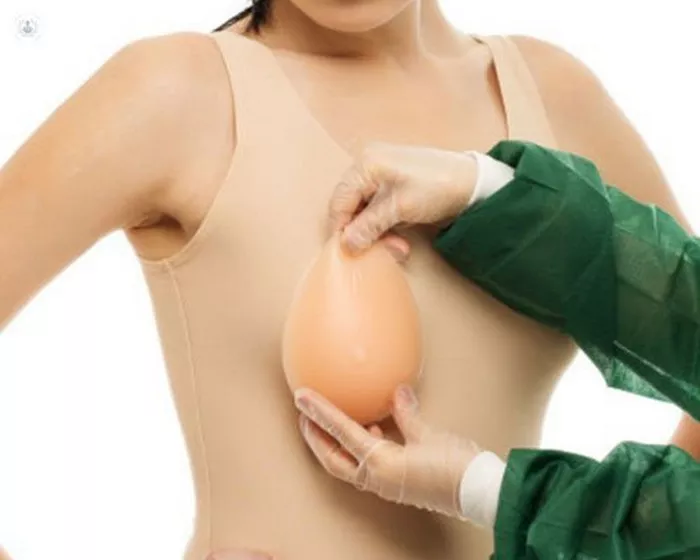Breast augmentation with implants is one of the most popular cosmetic surgical procedures performed in the United States. While the procedure is generally safe and effective, many women wonder how long breast implants typically last. In this article, we will discuss the factors that can affect the longevity of breast implants and how long they typically last.
Factors that Affect the Longevity of Breast Implants
The lifespan of breast implants can vary widely and is influenced by a number of factors. Some of the most important factors include:
-
Implant Type
There are two main types of breast implants: saline and silicone. While both types of implants are safe and effective, they have different lifespans. Saline implants tend to last between 10 and 15 years, while silicone implants can last up to 20 years or more.
-
Implant Size
Larger implants tend to put more stress on the breast tissue, which can lead to more rapid implant deterioration. As a result, larger implants may not last as long as smaller implants.
-
Implant Placement
Implants placed above the chest muscle tend to last longer than those placed under the muscle. This is because the chest muscle can put more pressure on the implant, which can cause it to wear out more quickly.
-
Age
The age at which a woman receives breast implants can also affect their lifespan. Younger women tend to have more active lifestyles, which can lead to more rapid implant deterioration. As a result, implants placed in younger women may not last as long as those placed in older women.
-
Pregnancy and Breastfeeding
Pregnancy and breastfeeding can cause changes in breast size and shape, which can put stress on breast implants. As a result, women who become pregnant or breastfeed after receiving breast implants may experience more rapid implant deterioration.
How Long Do Breast Implants Typically Last?
While the lifespan of breast implants can vary widely, most implants last between 10 and 20 years. Saline implants tend to last between 10 and 15 years, while silicone implants can last up to 20 years or more. However, it is important to remember that breast implants are not considered lifetime devices and will eventually need to be replaced.
When to Replace Breast Implants
Breast implants do not need to be replaced unless they rupture or leak. However, even if a breast implant has not ruptured or leaked, it may still need to be replaced if it is causing discomfort or if the patient is not satisfied with the results.
There are several reasons why a woman may choose to replace her breast implants, including:
- Rupture or Leakage: If a breast implant ruptures or leaks, it will need to be replaced. In some cases, a ruptured implant may not cause any symptoms, while in others, it can cause pain, swelling, and changes in breast size or shape.
- Capsular Contracture: Capsular contracture is a condition where the scar tissue around the breast implant becomes thick and hard. This can cause discomfort and changes in breast shape. In some cases, replacing the implant can improve this condition.
- Changes in Breast Size or Shape: Over time, the breast tissue can change due to aging, weight fluctuations, or pregnancy. This can cause changes in breast size or shape that may require implant replacement.
- Cosmetic Concerns: Some women may choose to replace their breast implants for cosmetic reasons. For example, they may want to change the size or shape of their breasts, or they may be unhappy with the results of their initial surgery.
Conclusion
Breast implants are a safe and effective way to enhance the size and shape of the breasts. While the lifespan of breast implants can vary widely, most implants last between 10 and 20 years. However, it is important to remember that breast implants are not lifetime devices and will eventually need to be replaced. It is also important to consider the factors that can affect the longevity of breast implants, such as implant type, size, placement, age, and pregnancy and breastfeeding.
If you are considering breast augmentation, it is important to discuss your goals and expectations with a board-certified plastic surgeon. Your surgeon can help you choose the right type and size of implant, as well as the best placement technique, to help maximize the lifespan of your breast implants.
It is also important to schedule regular follow-up appointments with your surgeon to monitor the condition of your implants and to address any issues that may arise. With proper care and maintenance, breast implants can provide long-lasting, natural-looking results that can enhance your self-confidence and improve your quality of life.


